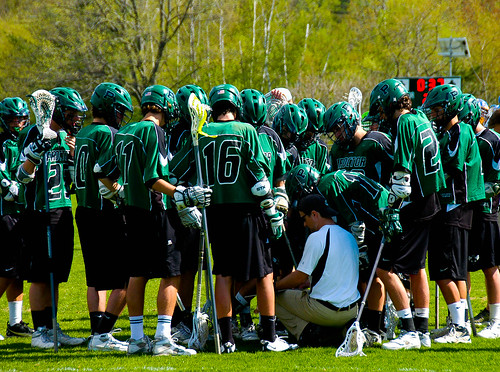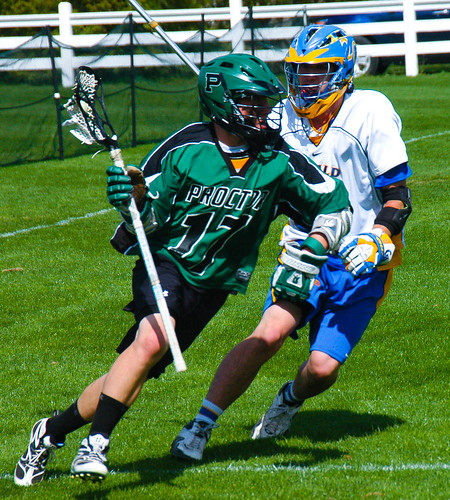Last year, a campus master planner observed that we have one preferred pathway that draws the crowd from the dining room and athletics to the Learning Center, Shirley Hall, Slocumb, Maxwell Savage, and beyond to the Meeting House, stone chapel and assorted dormitories.
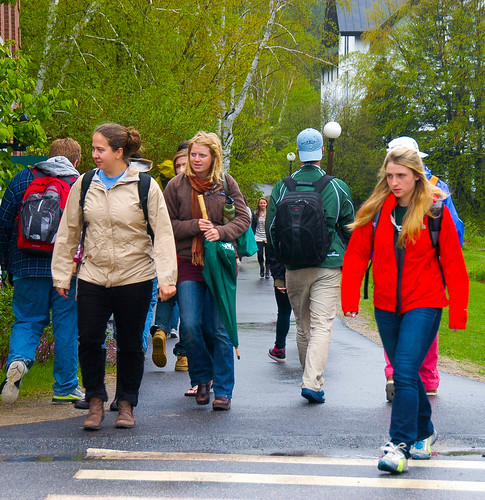
The intersection of that pathway with North Street is a social epicenter, an external site for spontaneous interaction.
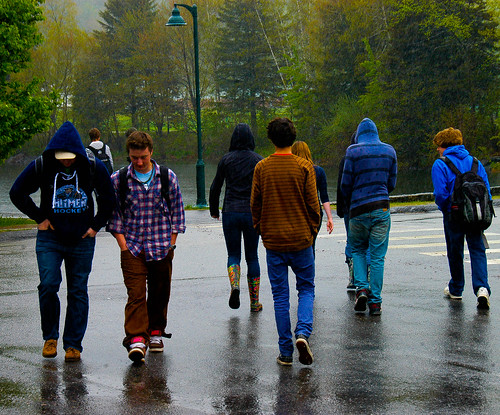
As an artistic conceit, I visited that crossroad between classes this morning, capturing the random passing of humanity.

Even the classroom shots on this page are within short distance from the crossroad. Meanwhile, my friend Sally Wright P '09, '11 sent me a link to a
thought-provoking article by New York Times writer David Brooks, which challenges the precepts of traditional social Darwinism. Much Laissez-faire political policy has been justified by the contention that survival of the fittest elevates self-interest. If we study only the extra-human animal kingdom, this rationale works.
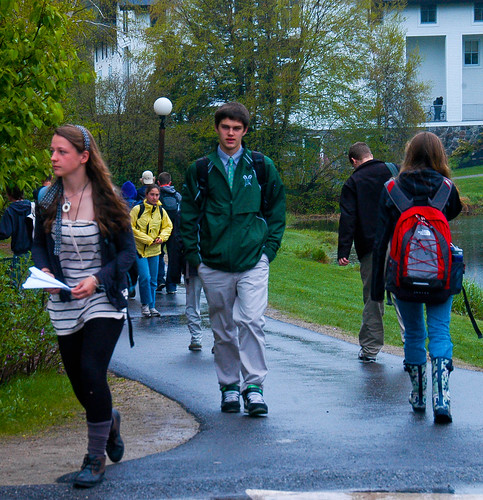
But--it turns out--humans demonstrate (in some cases from infancy) survival strategies that include empathy, kindness, altruism, cooperation, and support.

These studies fall on sympathetic ears at a prep school that aligns academic competition against oneself--not others.
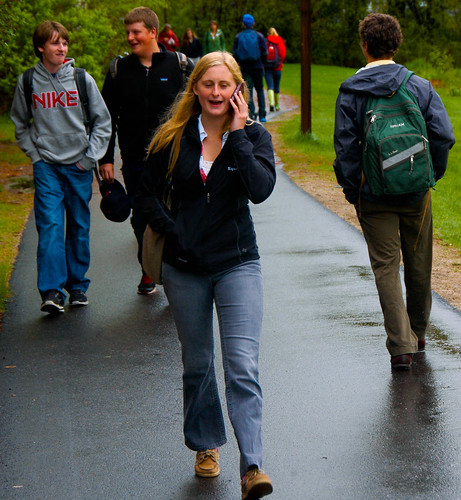
(The concept of class ranking is unheard of here, where we are pulling for one another's success.) The images below are slightly hammed-up by the participants.....
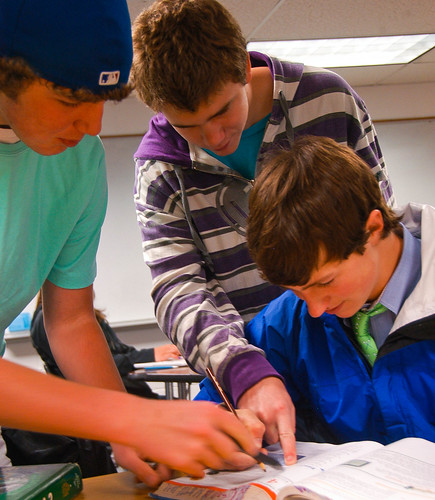
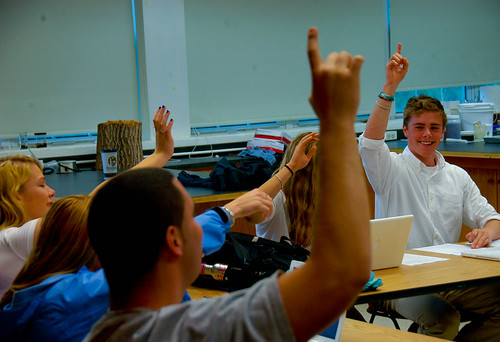 The Righteous Mind
The Righteous Mind that argues "...that natural selection takes place not only when individuals compete with other individuals, but also when groups compete with other groups. Both competitions are examples of survival of the fittest, but when groups compete, it's the cohesive, cooperative, internally altruistic groups that win...."
